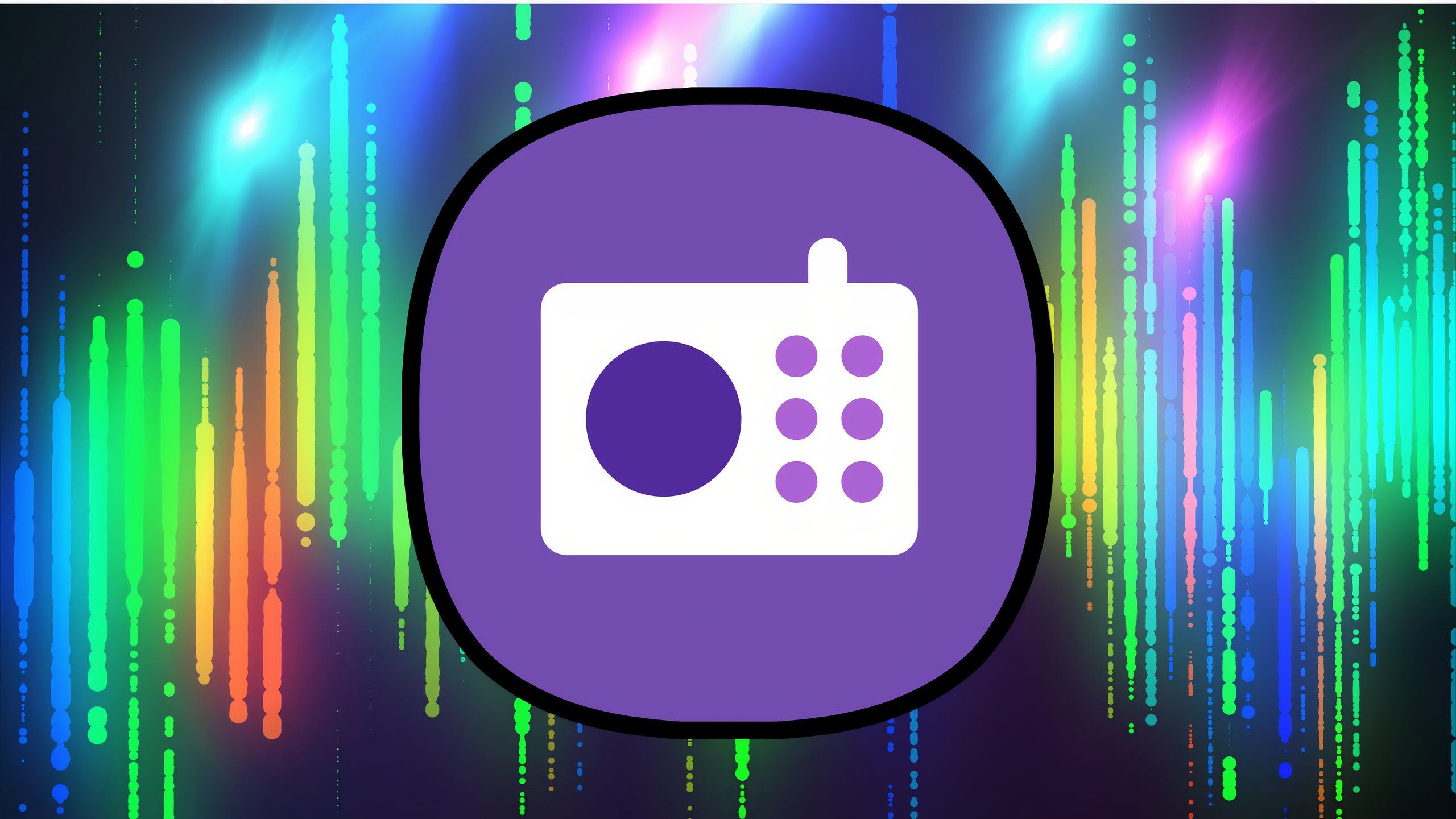Gadgets
Without question, FM radio should be enabled on all smartphones

Summary
- AM / FM radio support was once a common feature on smartphone models, but this is no longer the case.
- Traditional radio hardware is physically incorporated into most modern smartphones, but users can’t always access the function.
- This neglect of user-accessible radio streaming is a major problem from a safety and security perspective.
In the earlier days of the smartphone industry, it was a given that your handset would ship with built-in support for local AM and FM radio connectivity. Aside from the iPhone, which never offered such functionality, just about every Android phone from the 2010s provided a default radio experience out of the box.
In a similar fashion to how radio connectivity worked back in the iPod days, most Android manufacturers allowed you to plug in a pair of wired headphones to use as a stopgap radio antenna. From here, you could enable loudspeaker playback even while having your headphones plugged into your phone.
Related
These 5 lesser-known settings keep me firmly on team Android
The Android OS is brimming with under-the-radar toggles and settings — here are the ones I always make use of on every phone.
Admittedly, even at the time, traditional radio was seen as an increasingly antiquated technology. Internet-based streaming services were gaining traction at a rapid pace, offering unlimited and worldwide access to media without the need for a local connection.
…just about every Android phone from the 2010s provided a default radio app out of the box.
These days, the majority of higher-end smartphones released within Western markets lack a dedicated FM / AM radio tuner interface. Just about everyone has shifted over to internet-based solutions, which use a mobile data connection or Wi-Fi connectivity to get the job done.
The truth, however, is that smartphone makers should never have removed the ability to tap into local radio waves. From a security and user safety standpoint, I strongly believe the feature ought to be included on every mobile device released into the market.

Related
Magnetic wireless charging is finally coming to Android
It’s been a long time coming, but you could finally catch Android charging up with Apple.
Phone makers talk a big game when it comes to user safety, but they neglect the utility of traditional radio
The irony is that AM / FM radio hardware is often built-in, but not user-accessible on modern handsets
Across the board, major smartphone manufacturers have been hyping up user safety in recent years. From Google’s Theft Detection Lock feature, to Apple’s Emergency SOS via satellite tool, the consensus has been that our pocket computers should do more to protect us in our times of need.
Inconsistent to this world view is the conscious decision made by OEMs to disable local AM and FM radio support on modern handsets. It goes without saying that access to a traditional radio tuner can be handy in certain situations, such as during a power outage, during a natural disaster, or when internet connectivity is simply inaccessible.
What’s more surprising is that the hardware is generally in place to allow for traditional radio playback on most modern devices. AM/FM tuner chips can be found on many modern devices, but users are artificially locked out of using said hardware. Though exact justifications aren’t readily available, it can be surmised that OEMs and cellular carriers view legacy radio technology as a threat to the cash cow that is subscription-based internet streaming.
…access to a traditional radio tuner can be handy in certain situations, such as during a power outage, during a natural disaster, or when internet connectivity is simply inaccessible.
To add insult to injury, the lack of local radio playback support isn’t universal — in many markets, and in many budget-conscious handsets, AM and FM support is alive and well. Take Samsung’s Galaxy A15, as an example: it comes preinstalled with a first party radio tuning app, which is absent from the much more expensive and technologically advanced Galaxy S24 model.

Related
Under-display Face ID could be coming to the iPhone sooner than you think
Apple may be close to implementing Face ID underneath the iPhone’s display based on a newly filed patent.
Other phone makers, such as Motorola, follow this same playbook. The Lenovo-owned company offers an FM tuner of its own, which only works on certain Moto models “with an enabled FM chipset.”
-

 Destination8 months ago
Destination8 months agoSingapore Airlines CEO set to join board of Air India, BA News, BA
-

 Breaking News10 months ago
Breaking News10 months agoCroatia to reintroduce compulsory military draft as regional tensions soar
-

 Gadgets3 months ago
Gadgets3 months agoSupernatural Season 16 Revival News, Cast, Plot and Release Date
-

 Tech News12 months ago
Tech News12 months agoBangladeshi police agents accused of selling citizens’ personal information on Telegram
-

 Productivity11 months ago
Productivity11 months agoHow Your Contact Center Can Become A Customer Engagement Center
-

 Gadgets3 weeks ago
Gadgets3 weeks agoFallout Season 2 Potential Release Date, Cast, Plot and News
-

 Breaking News10 months ago
Breaking News10 months agoBangladesh crisis: Refaat Ahmed sworn in as Bangladesh’s new chief justice
-

 Toys12 months ago
Toys12 months ago15 of the Best Trike & Tricycles Mums Recommend
























